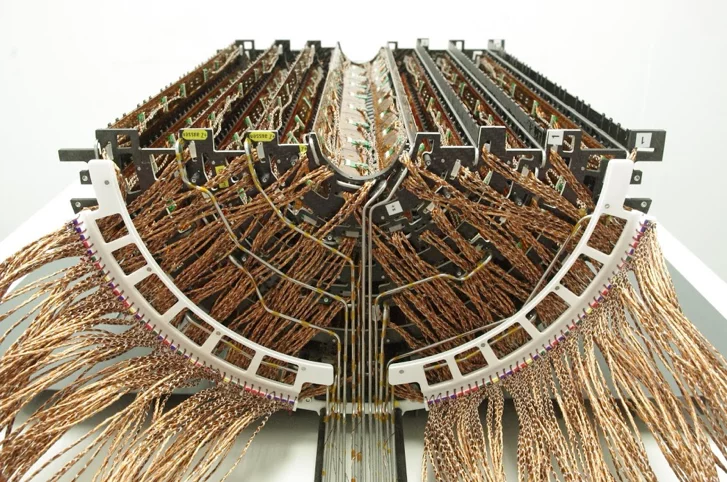Middle of February the upgraded CMS silicon pixel barrel detector has been moved from PSI to CERN and was successfully installed in the CMS experiment. The new pixel detector is part of the so-called phase1-upgrade of the CMS detector, located at a distance of only a few centimetres away from the interaction point and able to cope with the harsh particle environment expected due to the increased luminosity of the LHC collider.
The installation of the upgraded pixel detector so far crowns the work of approximately 15 year of a collaborative R&D effort led by the High Energy Group of the Laboratory for Particle Physics. After the installation of the previous pixel detector in 2008 the work concentrated on the design of a series of radiation tolerant pixel readout chips with low pixel thresholds, low noise behaviour and high pixel hit rate capabilities of up to 600 MHz/cm2 and the development and construction of a very light, low material budget detector mechanics.
The performance of the chips and related readout electronics was regularly tested at the πE1 beamline which offers with its high momentum and high rate pion beam similar conditions as the hadronic particle environment close to the interaction point of the CMS experiment. The silicon pixel technology developed at PSI for the first CMS silicon vertex detector was successfully transferred to industry and led in 2007 to the foundation of the spin-off company DECTRIS which fabricates and sells x-ray counting pixel detectors all over the world.


